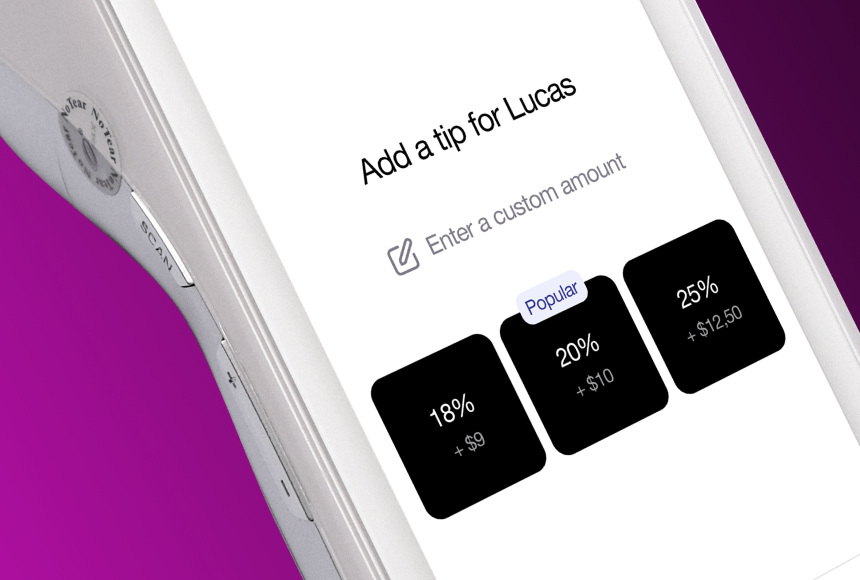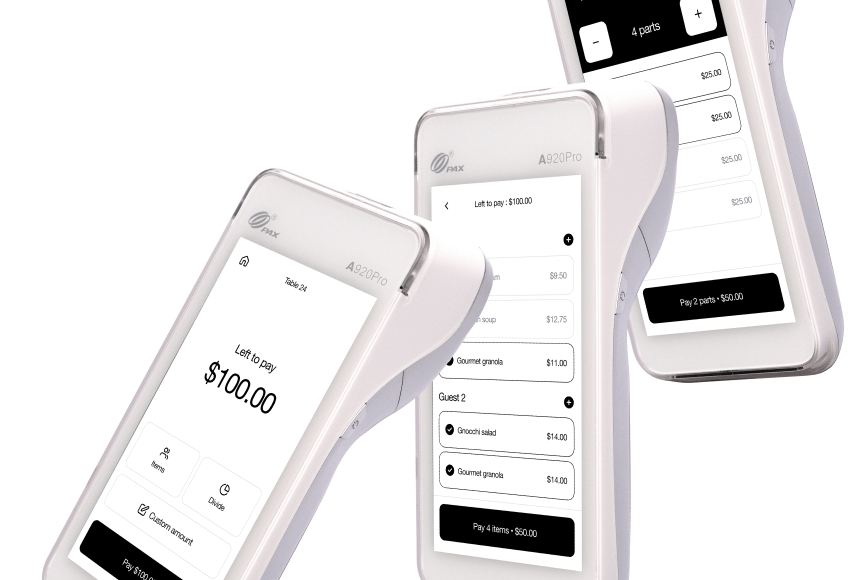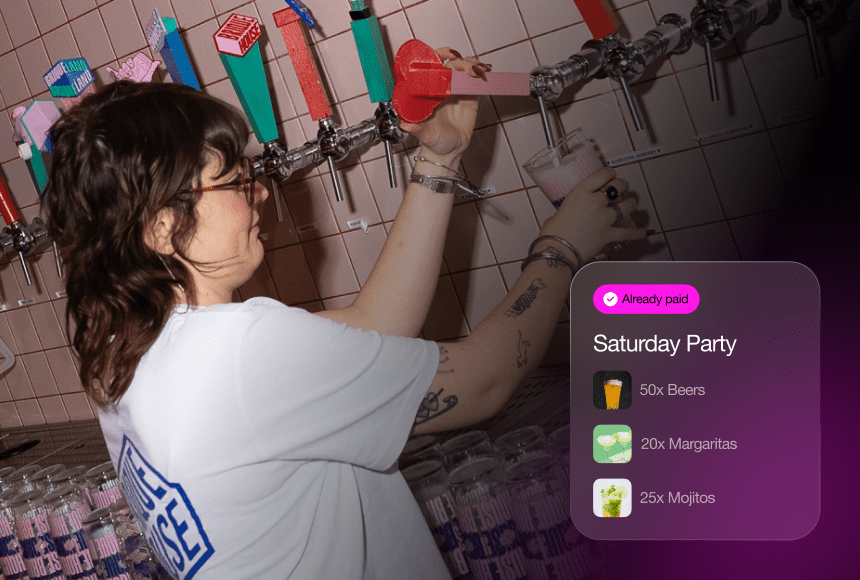
Digital Tips: Is Your Guest Ready for a Fully Cashless Experience?
The End of the Tip Jar? Exploring the Shift to Digital Gratuities
Imagine this scene: a lively evening rush, the kitchen sending out one perfectly plated dish after another. Each table is a canvas of delicious memories in the making. For years, guests have tucked cash under their plate or scribbled an extra amount on a receipt to show their appreciation. But lately, there’s a different sound at the register—not the rustle of bills, but the gentle ping of a digital tip. As more Americans forget what loose change even “feels” like, restaurants across the country face a new question: are guests ready for tips that are 100% digital?
If you’ve had even one customer raise an eyebrow at leaving a tip via QR code, you know this topic is hot. As an industry veteran working closely with restaurant owners and staff every day, I get asked constantly: “Will guests feel generous when tipping goes digital? Or are we turning service into a cold, robotic transaction?”
Let’s dig in and see what the early signs—and the data—have to say. And yes, we’ll season this analysis with practical advice, real numbers, and concrete examples (like how digital tips can actually boost team morale… and maybe your online reviews, too).
Tipping in America: A Ritual with Deep Roots
The United States has a tipping culture unlike nearly anywhere else on the planet. In 2023, Americans tipped an estimated $47 billion at restaurants and bars (see Statista). For servers and bartenders, tips often make up more than half their income.
- 73% of American diners say leaving a tip is part of their standard restaurant experience. (Source: Bankrate)
- The “expected” tip has steadily risen, with 18–20% now the widely accepted norm.
- Cash tips are still common at small local spots—but 2024 is seeing a major shift.
On the surface, the practice may look simple. But anyone who’s ever split up a communal check, counted out singles, or tried to decipher a tip line knows: tipping is emotional, often awkward, and never just about the math.
Historically, the tip jar at the front counter has been both a thank you and a direct signal from guest to staff: “You made my day a bit better.” This tactile gesture, some fear, will disappear with a swipe of a card or a scan of a QR code.
The Digital Revolution: How Technology Is Redefining Gratuity
Technology, for better or worse, is at the center of restaurant evolution today. Online reservations, digital menus, self-serve kiosks, and—yes—contactless payments are the new normal. The pandemic supercharged this trend: not just for public health, but for speed, convenience, and, let’s face it, modern guest expectations.
A recent National Retail Federation report shows that over 67% of Americans now prefer contactless payments when dining out—especially Gen Z and Millennials. “No cash” policies are spreading even at full-service restaurants.
Where does tipping fit in? Here’s what’s changed:
- Digital tipping options (like “add tip” on a payment terminal, pay-at-table apps, and QR codes) are popping up everywhere.
- Many devices prompt for a gratuity—suggesting amounts or percentages chosen by the restaurant.
- Staff are notified immediately when a guest tips, streamlining tip sharing and reporting.
Are Guests Warming Up to Digital-Only Tips? The Data Says…
Here’s the million-dollar question. Are Americans—famous for our tipping culture—actually comfortable going 100% digital?
- 54% of consumers say they are “very comfortable” leaving a tip through a digital payment system, according to a 2024 survey by PYMNTS. Only 12% say they “prefer cash”.
- Digital tipping platforms report tip compliance rates as high as 85% after implementing tap-to-pay or QR code tipping—5-15% higher than traditional methods.
- Average tip amounts tend to be slightly higher with digital payments, in part due to pre-set tip suggestions (such as 18%, 20%, 25%).
The takeaway? Despite initial reluctance in some circles, Americans are embracing digital gratuities—and in many cases, leaving more generous tips than ever.
Case Study: The Story of Café Novo
Let’s bring our conversation to the kitchen with a real-life example. Café Novo, a neighborhood brunch spot in Atlanta, decided to go fully digital for both payments and tips in late 2022. Management expected a few speed bumps, and sure enough, the first month saw about 10% of guests asking how to leave a tip without cash. Servers, some of whom had been collecting cash since the “before times,” were skeptical.
But a funny thing happened. By the third month, Café Novo’s tip totals had climbed by 16% compared to their year-ago numbers—and server turnover dropped by half. Guests started saying “it’s so easy!” on Google reviews. The QR code solution even let some guests tip after leaving the table, boosting tips from busy brunch-goers who might have otherwise skipped the process. Staff morale soared.
Was it all smooth sailing? Not quite—tech hiccups and retraining were real. But the results speak for themselves: digital tips, when implemented thoughtfully, work.
Why Are Digital Tips Gaining Traction?
Let’s break down the recipe behind America’s growing taste for digital tipping:
- Convenience: Most guests carry cards or smartphones, not cash.
- Speed: Pay-and-tip in seconds—no need to wait for change.
- Transparency: Digital records help with accounting, tip sharing, and taxes.
- Security: No piles of cash at closing time means less risk for staff and owners.
- Inclusivity: Even guests who forgot their wallets (but not their phone!) can tip.
- Guest Experience: Clean, contactless transactions let guests focus on the food and the company, not the logistics of payment and tipping.
Of course, every shift comes with possible downsides. Some guests, especially older generations, may worry about privacy or miss the “personal touch” of cash. Staff sometimes fear loss of income, though in practice, most see the opposite.
How Sunday’s QR-Based Solution Greases the Wheels
Here’s where technology meets hospitality. QR payment platforms—like those offered by sunday—let guests scan, pay, tip, and leave a review in under a minute. No need to flag down a server or hand off a card. Want to split the check four ways? Done. Forgot to tip at the table? No problem: guests can add a tip after leaving, with just a tap.
From a restaurateur’s perspective, this opens up a world of benefits:
- Higher average tips (often by 10-20%)
- Streamlined operations: Fewer disputes, easier tip pooling, end-of-day reports done in seconds
- More Google reviews: Guests can write feedback while their meal is still fresh in mind
- Full transparency for bookkeeping and HR
- Stronger staff retention, as digital tips mean faster, more reliable payouts
What about staff anxiety? In a survey of restaurants that deployed a digital tip system in 2023, 78% of employees said they “strongly preferred” the new process after just two months—mainly because cashless tips were no longer getting “lost in the shuffle.”
Common Concerns About Digital Tipping—Debunked
Let’s peel back the layers of common objections, one by one.
- “What about older guests who prefer cash?” Most digital tip solutions still allow for a cash option, but the reality is, even Boomers are moving toward cashless payments. According to Pew Research, nearly 60% of adults aged 65+ now use smartphones for payments.
- “Digital tips feel impersonal.” It’s up to you to bake warmth into the service—not the format. Friendly suggestions (“Thank you for dining with us!”) and allowing guests to specify notes can keep the human touch alive.
- “Aren’t staff tips taxable now?” In the US, all tips are legally considered income, cash or digital. But digital records make tax reporting more accurate, reducing the risk of costly audits.
- “Will guests leave less, since they don’t see cash?” As discussed above, studies show tip amounts are usually higher with digital—partly due to “suggested” tip percentages.
- “Do digital systems cost too much for small restaurants?” Many platforms (like sunday) offer simple, flat-rate pricing or pay-as-you-go, with no need to buy expensive new hardware.
Essential Ingredients for a Successful Digital Tipping Rollout
Ready to let your tip jar go digital? Here’s a checklist drawn from best practices:
- Choose a flexible payment solution: Look for a platform that works with your existing point-of-sale setup, includes QR code payments, and gives clear records for both payments and gratuities.
- Train your team: Make sure all staff know how to explain digital tipping to guests and answer common questions with confidence.
- Update signage: Visible, friendly table toppers or signs (“Tip by phone in two taps!”) put guests at ease.
- Communicate your values: Tell diners how tips are distributed (e.g. “Every digital tip is split among the entire service team.”) Transparency builds trust.
- Monitor results: Track tip averages, overall guest feedback, and staff satisfaction periodically. Tweak your messaging if needed.
- Stay flexible: Keep a backup method for the occasional guest who just really loves giving cash.
Think of this as mise en place for a new era: when everyone knows the steps, the “service dance” gets smoother, and both guests and team members feel more at home.
The Digital Tip Revolution—What Does the Future Hold?
Just as French fries taste better hot from the fryer, the data on digital tipping is best served fresh. The signs are loud and clear: restaurants that embrace digital payment—and digital tipping—aren’t just keeping up with trends. They’re giving guests what they want: convenience, speed, and a sense of connection, even through a screen.
We’re not saying the classic tip jar is extinct. But as each new generation walks through your doors, habits will keep shifting toward digital. Being ready for that shift—and embracing the tools that make it easy—means your restaurant is set to thrive.
Want to see it in action? QR solutions are already lighting up tables, from New York’s hottest pop-ups to neighborhood diners in Iowa. If guests at Café Novo can make the leap—and love it—yours can, too.
FAQs on Digital Tips in Restaurants
- Are digital tips secure?Yes—all reputable digital tip platforms use encrypted payments, often safer than handling cash.
- Will my staff lose money if we stop taking cash tips?Most restaurants report higher average tips after going digital, thanks to built-in tip suggestions and easier access for guests.
- What if a guest doesn’t have a smartphone?Most digital solutions work alongside traditional payment methods. It’s wise to keep a backup (like a tip line on receipts) for exceptions.
- Can guests still leave feedback or reviews?Absolutely—many digital payment tools (for instance, sunday) encourage guests to leave online reviews right after paying and tipping.
- How can I introduce digital tipping without unsettling regulars?Clear signage, staff guidance, and a friendly “let us know if you have any questions” approach go a long way. Start with dual options before phasing out cash.
Find out more today
Drop us your details below and we’ll reach out within the next 24h
More tips means a better service.
More tips mean better guest-experience, and better staff-retention.



